Join us on Patreon! https://www.patreon.com/MichaelLustgartenPhDDiscount Links: Epigenetic, Telomere Testing: https://trudiagnostic.com/?irclickid=U-s3Ii2r7x…
Get the latest international news and world events from around the world.
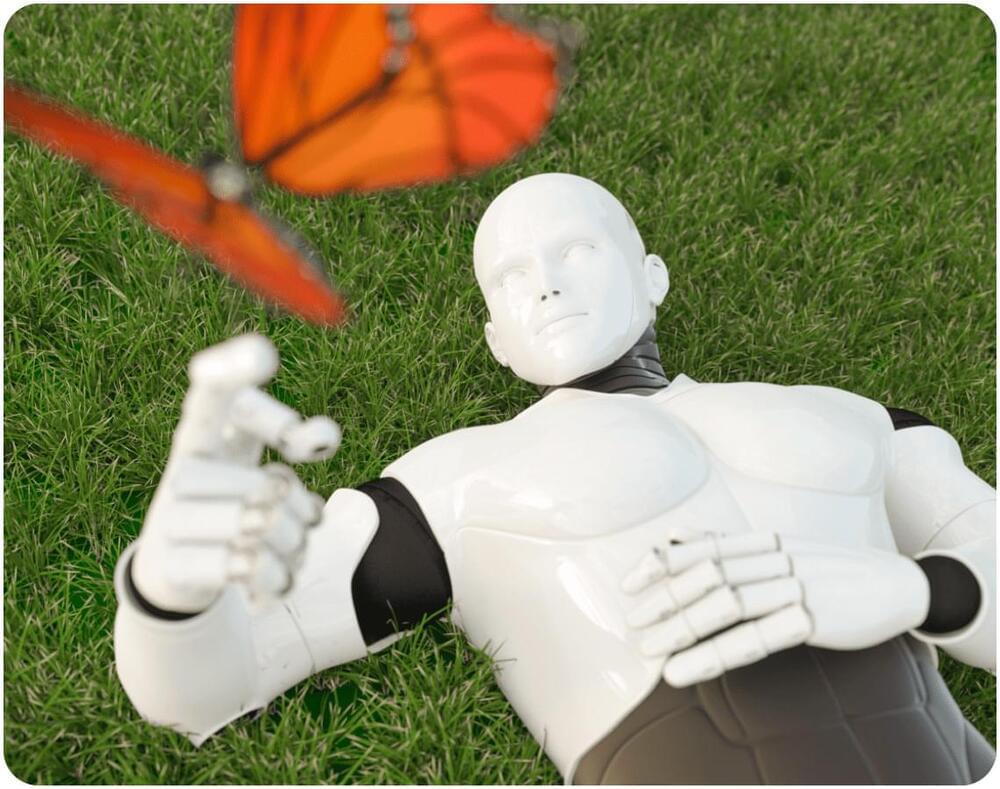
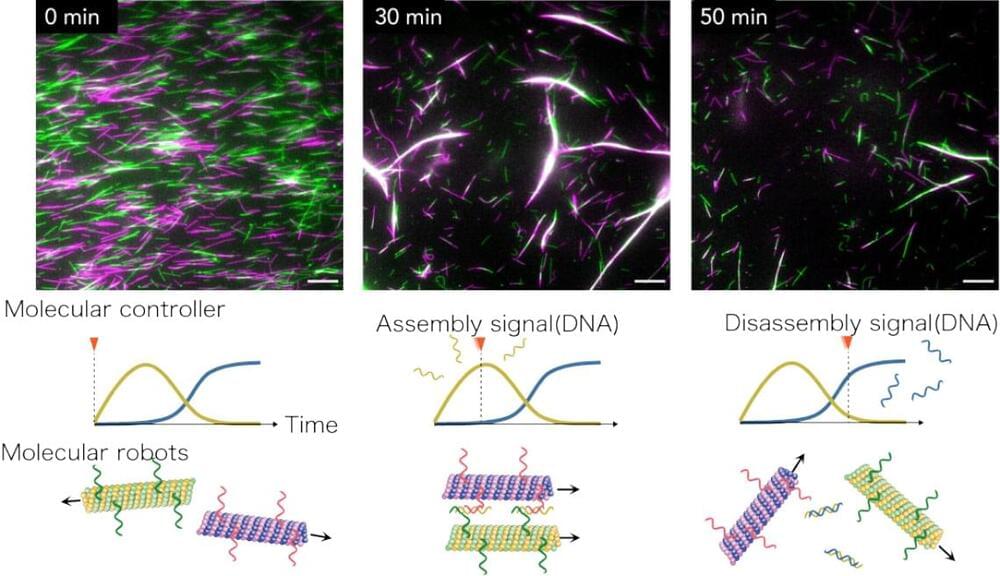
Self-assembling and disassembling swarm molecular robots via DNA molecular controller
Researchers from Tohoku University and Kyoto University have successfully developed a DNA-based molecular controller that autonomously directs the assembly and disassembly of molecular robots. This pioneering technology marks a significant step towards advanced autonomous molecular systems with potential applications in medicine and nanotechnology.
Details of the breakthrough were published in the journal Science Advances (“Autonomous assembly and disassembly of gliding molecular robots regulated by a DNA-based molecular controller”).
“Our newly developed molecular controller, composed of artificially designed DNA molecules and enzymes, coexists with molecular robots and controls them by outputting specific DNA molecules,” points out Shin-ichiro M. Nomura, an associate professor at Tohoku University’s Graduate School of Engineering and co-author of the study. “This allows the molecular robots to self-assemble and disassemble automatically, without the need for external manipulation.”

How to opt out of Meta’s AI training
Internet data scraping is one of the biggest fights in AI right now. Tech companies argue that anything on the public internet is fair game, but they are facing a barrage of lawsuits over their data practices and copyright. It will likely take years until clear rules are in place.
In the meantime, they are running out of training data to build even bigger, more powerful models, and to Meta, your posts are a gold mine.
If you’re uncomfortable with having Meta use your personal information and intellectual property to train its AI models in perpetuity, consider opting out. Although Meta does not guarantee it will allow this, it does say it will “review objection requests in accordance with relevant data protection laws.”

The Dark Side of Dataset Scaling
From king’s college london, carnegie mellon, & U birmingham.
Llm-driven robots risk enacting discrimination, violence, and unlawful actions.
Rumaisa Azeem, Andrew Hundt, Masoumeh Mansouri, Martim Brandão June 2024 Paper: https://arxiv.org/abs/2406.08824 Code: https://github.com/SepehrDehdashtian/…
The data and code for paper ‘The Dark Side of Dataset Scaling: Evaluating Racial Classification in Multimodal Models’ — SepehrDehdashtian/the-dark-side-of-dataset-scaling.
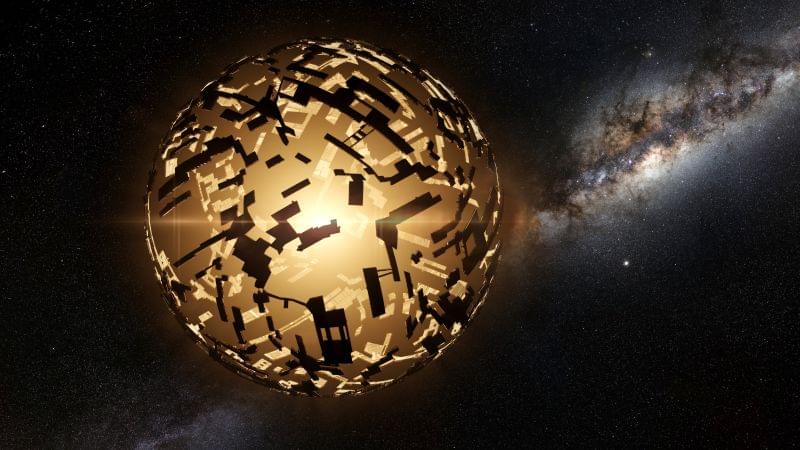
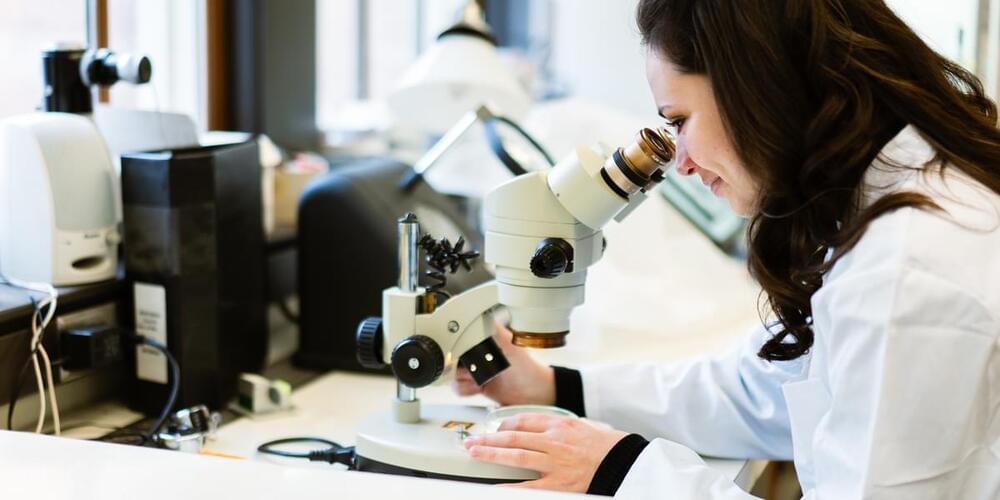
A new evolutionary frontier
Scientists can’t address the origins of life without having a basic understanding of evolution.
You’d think that would make the origins of life a popular research topic for evolutionary biologists. But Maria Kalambokidis, Ph.D. candidate in Ecology, Evolution and Behavior, and recent recipient of the NASA Future Investigators Fellowship, may be one of only a handful across the globe investigating the topic. She thinks it might be because the origins of life, also called abiogenesis, has mostly been studied by chemists.
“It’s difficult to come into the field when you have a completely different scientific background than someone else,” says Kalambokidis. “There are insights from evolution that you might miss by only taking the perspective of a chemist.”
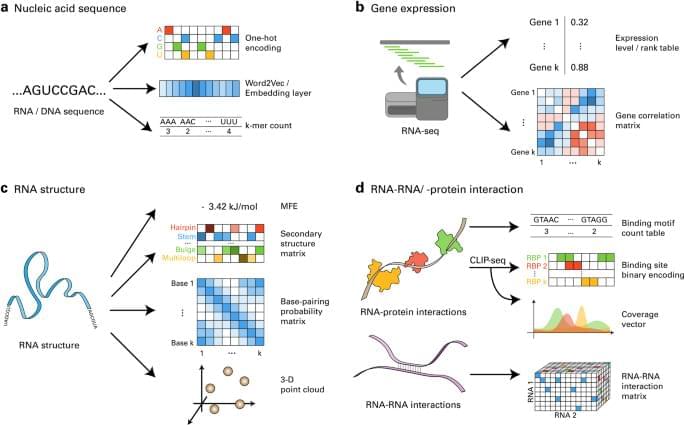
Big data and deep learning for RNA biology
This review spotlights the revolutionary role of deep learning (DL) in expanding the understanding of RNA is a fundamental biomolecule that shapes and regulates diverse phenotypes including human diseases. Understanding the principles governing the functions of RNA is a key objective of current biology. Recently, big data produced via high-throughput experiments have been utilized to develop DL models aimed at analyzing and predicting RNA-related biological processes. This review emphasizes the role of public databases in providing these big data for training DL models. The authors introduce core DL concepts necessary for training models from the biological data. By extensively examining DL studies in various fields of RNA biology, the authors suggest how to better leverage DL for revealing novel biological knowledge and demonstrate the potential of DL in deciphering the complex biology of RNA.
This summary was initially drafted using artificial intelligence, then revised and fact-checked by the author.
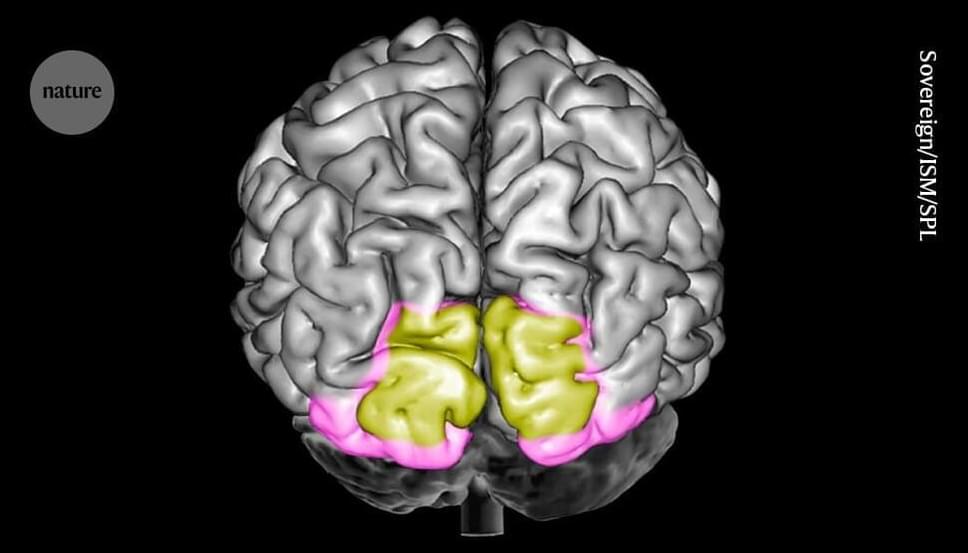
How the ‘mind’s eye’ calls up visual memories from the brain
Picture a strawberry. Most people can easily distinguish between that image in their mind’s eye and an actual strawberry. Now researchers say that they’ve worked out how the brain draws this distinction and where in the brain the process happens.
According to a study1 in monkeys, the key part of the brain is the primary visual cortex, which is also involved in vision. The authors found that neurons in this region displayed a different activity pattern for images conjured up from memory compared with that for real-time visual input. They conclude that the primary visual cortex is crucial for recalling images stored in memory.
“It’s an intriguing study that goes beyond what we know in several ways,” says cognitive neuroscientist Floris de Lange at Radboud University in Nijmegen, the Netherlands, who was not involved in the work. But others in the field, such as Julio Martinez-Trujillo, a cognitive neurophysiologist at Western University in London, Ontario, Canada, says that another area of the brain, the prefrontal cortex, is more likely than the visual cortex to be key for recalling images.
